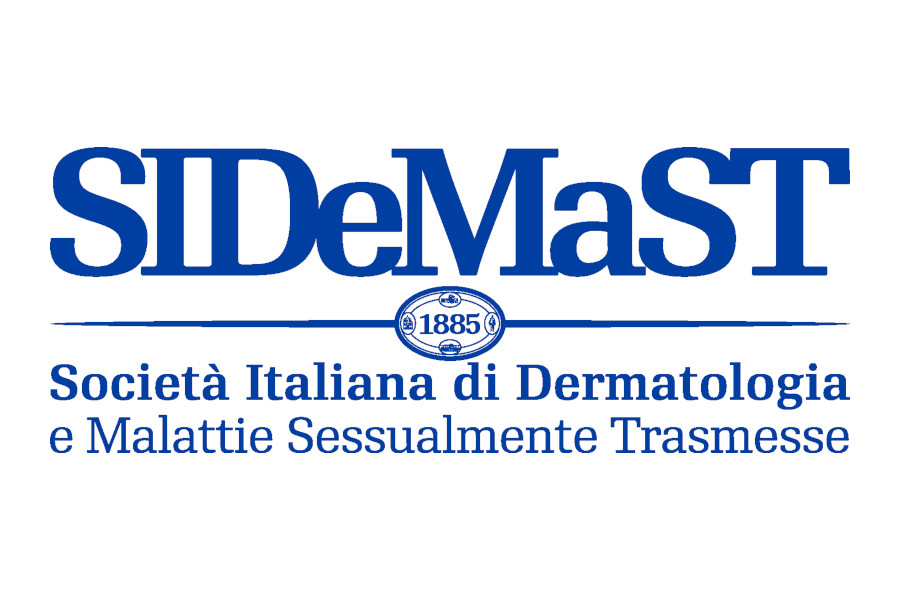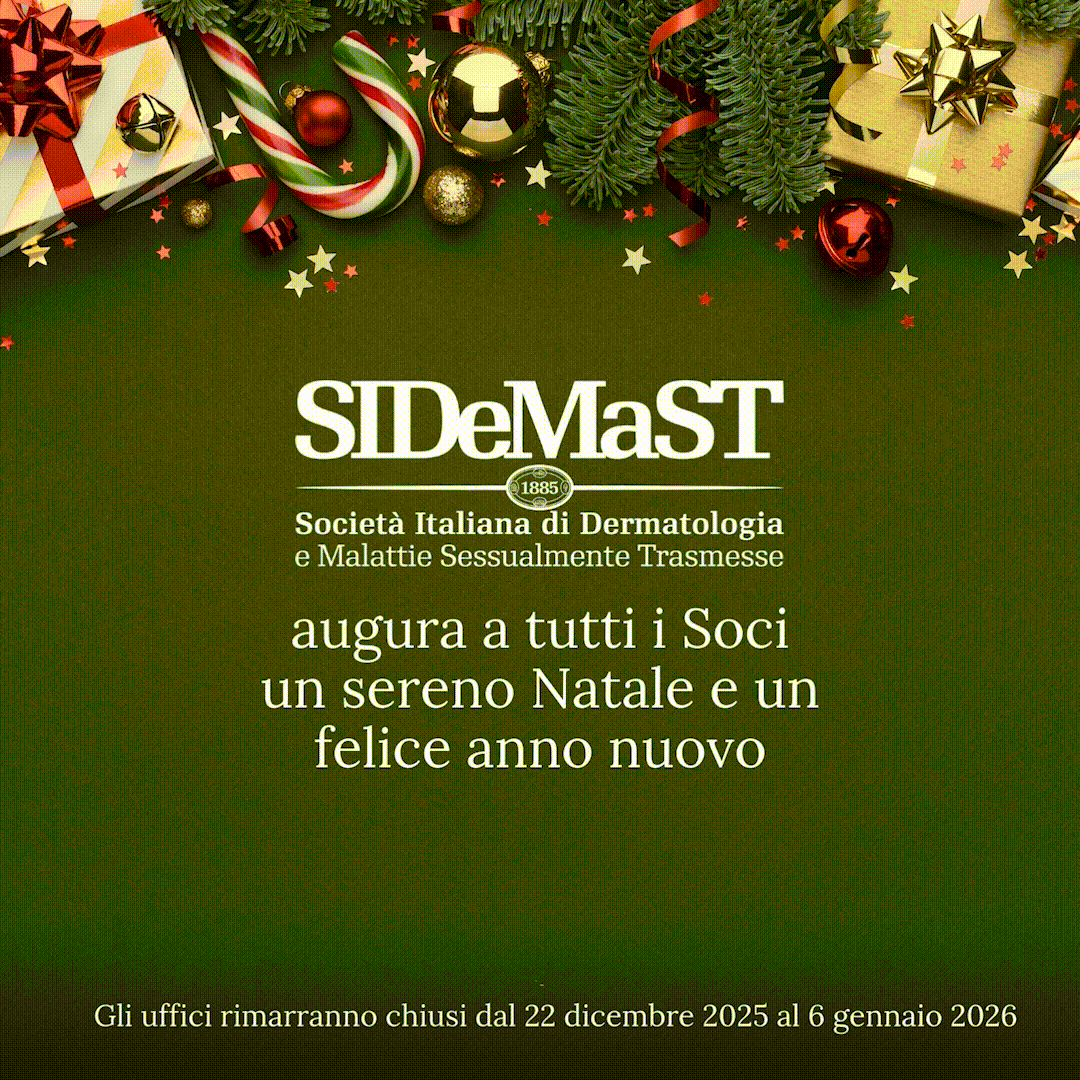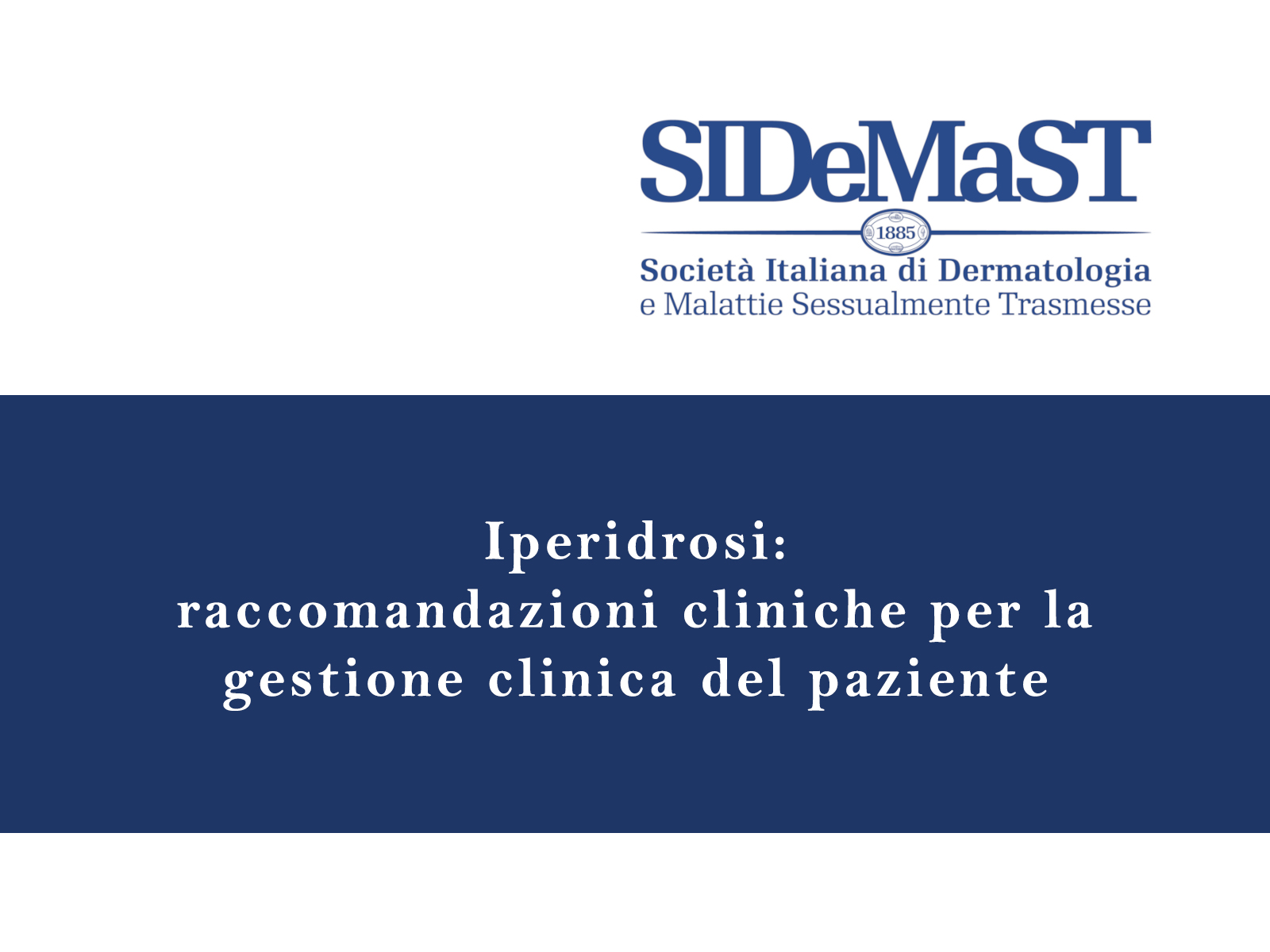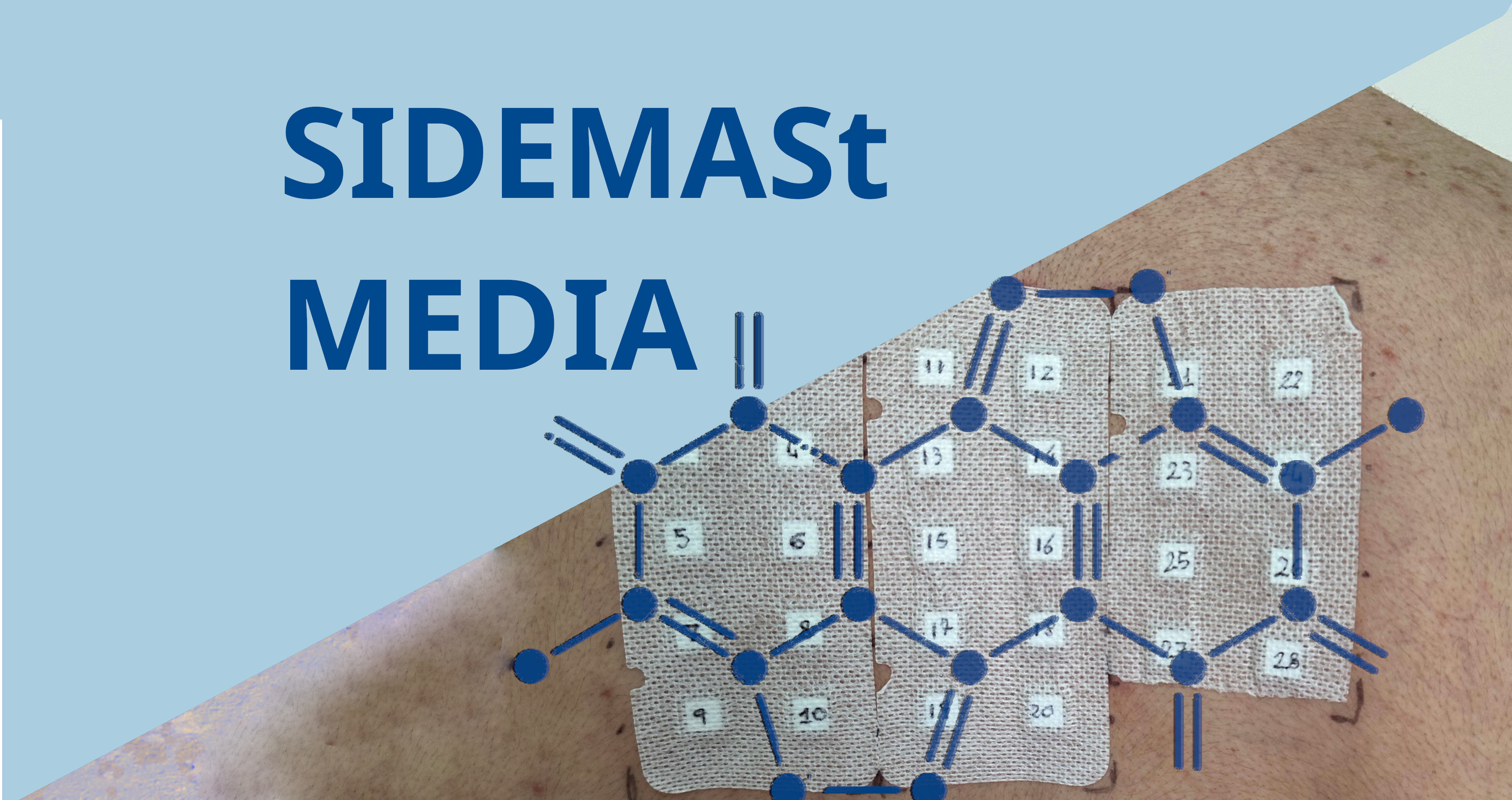Background Clinical and pathological criteria to distinguish drug-induced subacute lupus erythematosus (DI-SCLE) from idiopathic (I-SCLE) are controversial.
Objective Aim of the survey was a retrospective analysis of a consistent number of iatrogenous and idiopathic SCLE cases, by means of clinical and histopathological investigation.
Methods Eleven European University Dermatology Units collected all diagnosed cases from January 2000 to December 2016. Board certified dermatopathologists reviewed the histopathologic specimens. Statistical analysis included Student’s t-test, exact test of goodness-of-fit, Fisher’s test, Cochran-Mantel-Haenszel for repeated measures.
Results Out of 232 patients, 67 (29%) belonged to the DI-SCLE group. Patients with DI-SCLE were significantly older and complained more systemic symptoms than those with I-SCLE. No statistical differences were found for presentation pattern or serology, while histopathology showed for I-SCLE a significant association of mucin deposition (p=0, 000083) and direct immunofluorescence positivity for granular IgM, C3 deposits on the basement membrane zone (p=0, 0041), and of leukocytoclastic vasculitis (p=0, 0018) for DI-SCLE.
Limitations This is a retrospective study.
Conclusion An integrated clinical and immunopathological evaluation is useful to differentiate I-SCLE from DI-SCLE. Older age at onset and more frequent systemic symptoms characterize DI-SCLE. Mucin deposition and immunofluorescence findings are found in I-SCLE, while leukocytoclastic vasculitis in DI-SCLE.









